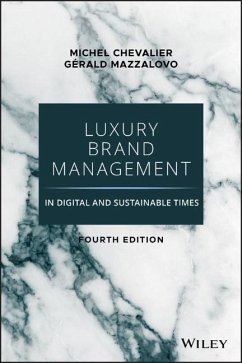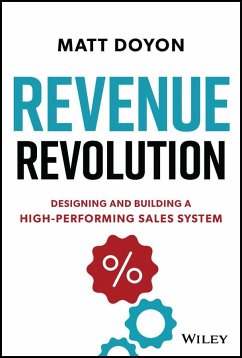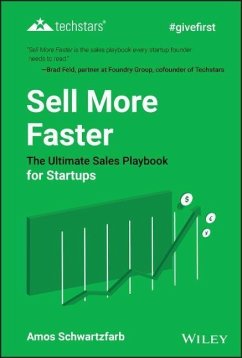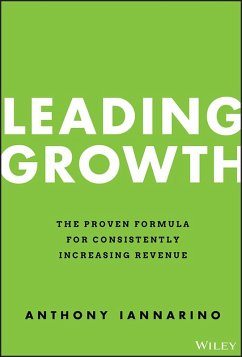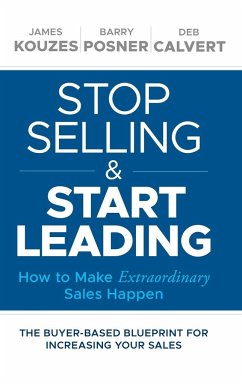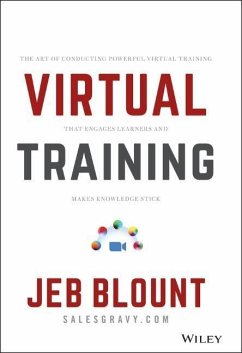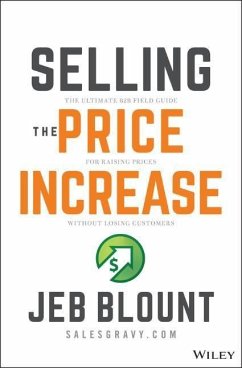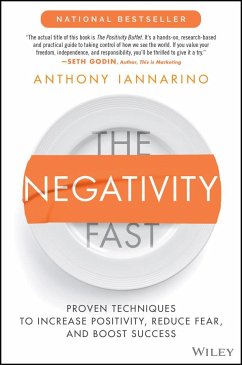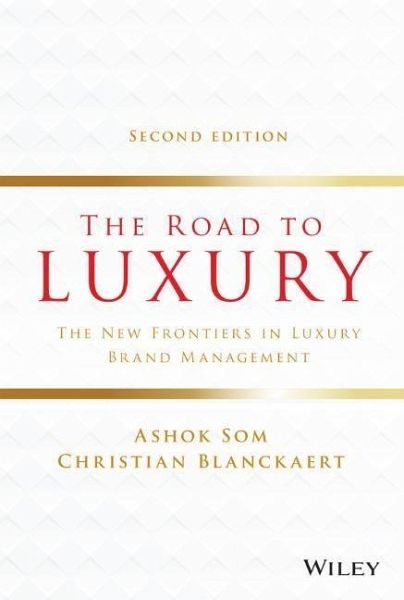
The Road to Luxury
The New Frontiers in Luxury Brand Management
Versandkostenfrei!
Versandfertig in 2-4 Wochen
44,99 €
inkl. MwSt.
Weitere Ausgaben:

PAYBACK Punkte
22 °P sammeln!
Discover the meaning of the latest trends in the luxury industry with this resource from leading voices in the field The thoroughly revised Second Edition of The Road to Luxury: The New Frontiers in Luxury Brand Management delivers a comprehensive overview of the foundations of, and new developments in, luxury brands. The book discusses a new wave of mergers and acquisitions, the rise of Gucci, the growth of Balenciaga, a variety of new collaborations between different companies, a growing support for sustainability, and the COVID-19 pandemic. Readers will also benefit from the inclusion of: *...
Discover the meaning of the latest trends in the luxury industry with this resource from leading voices in the field The thoroughly revised Second Edition of The Road to Luxury: The New Frontiers in Luxury Brand Management delivers a comprehensive overview of the foundations of, and new developments in, luxury brands. The book discusses a new wave of mergers and acquisitions, the rise of Gucci, the growth of Balenciaga, a variety of new collaborations between different companies, a growing support for sustainability, and the COVID-19 pandemic. Readers will also benefit from the inclusion of: * An insightful analysis of the impact and meaning of the COVID-19 for the luxury industry, particularly for market growth in China * The creation of savoir faire and business plan competitions in the luxury industry * LVMH's sponsoring of Viva Technology Perfect for students in MBA programs or taking degrees or courses in Luxury Brand Management, The Road to Luxury will also earn a place in the libraries of executives and managers in the luxury business, marketing, branding, and advertising professionals and companies, and entrepreneurs interested in the workings of the luxury industry.




